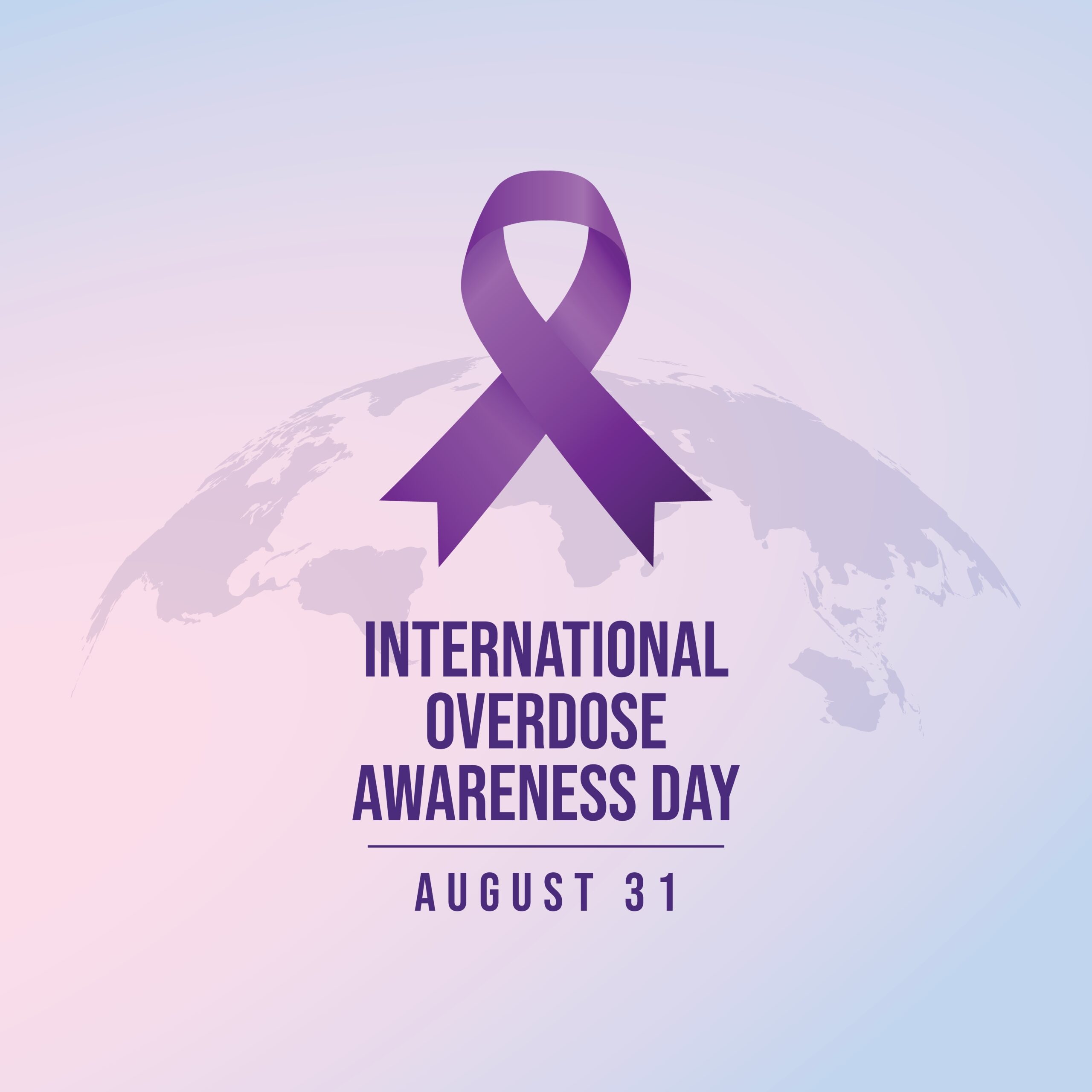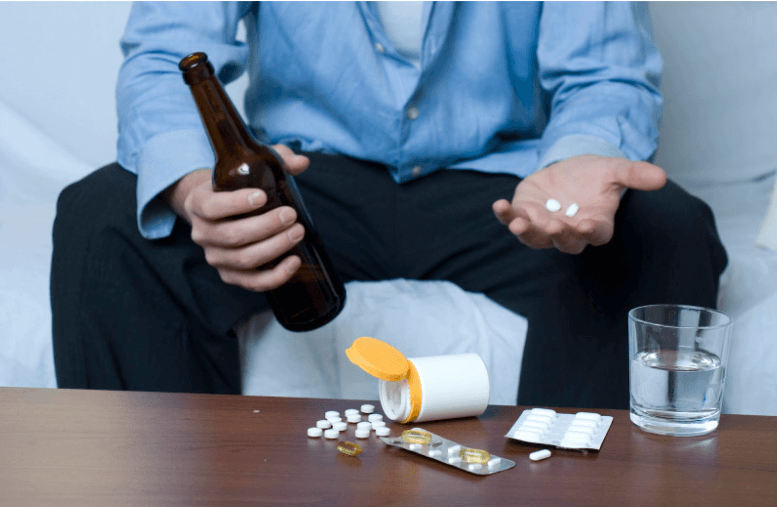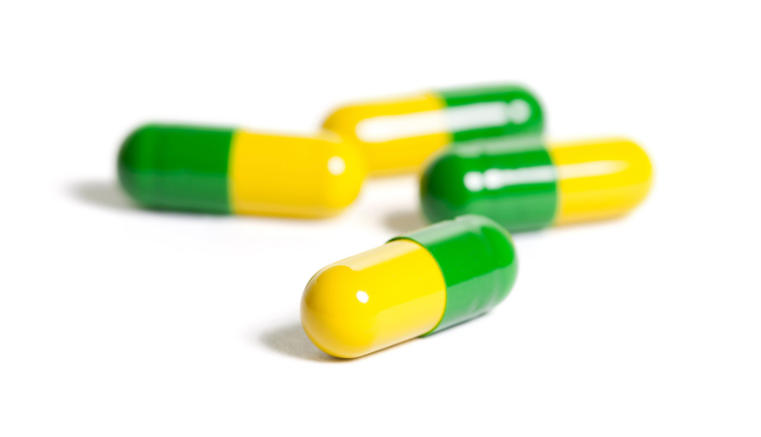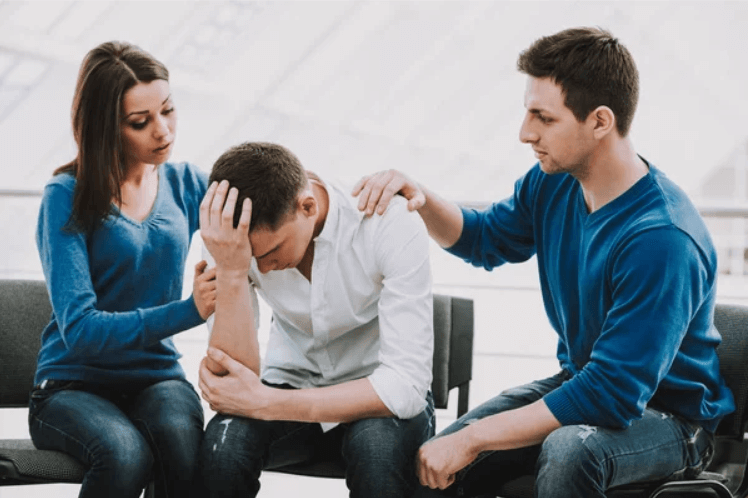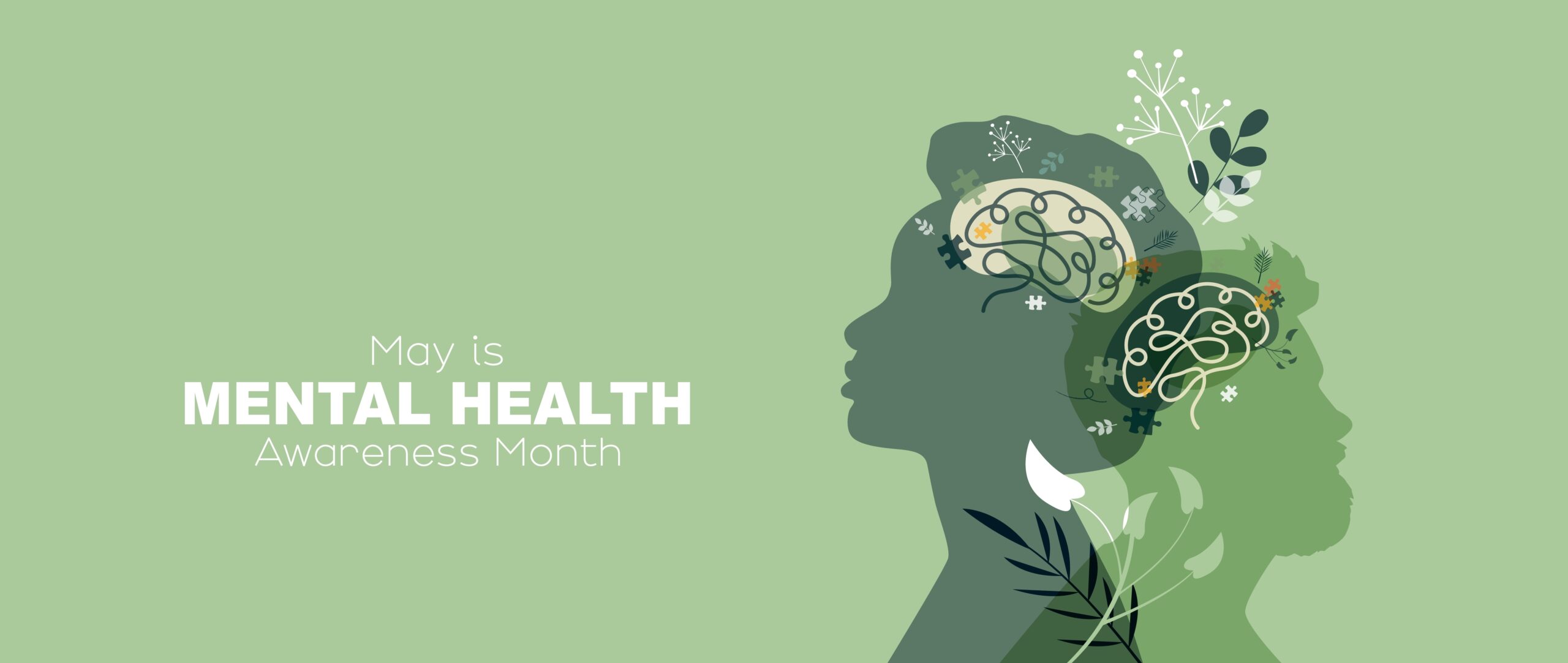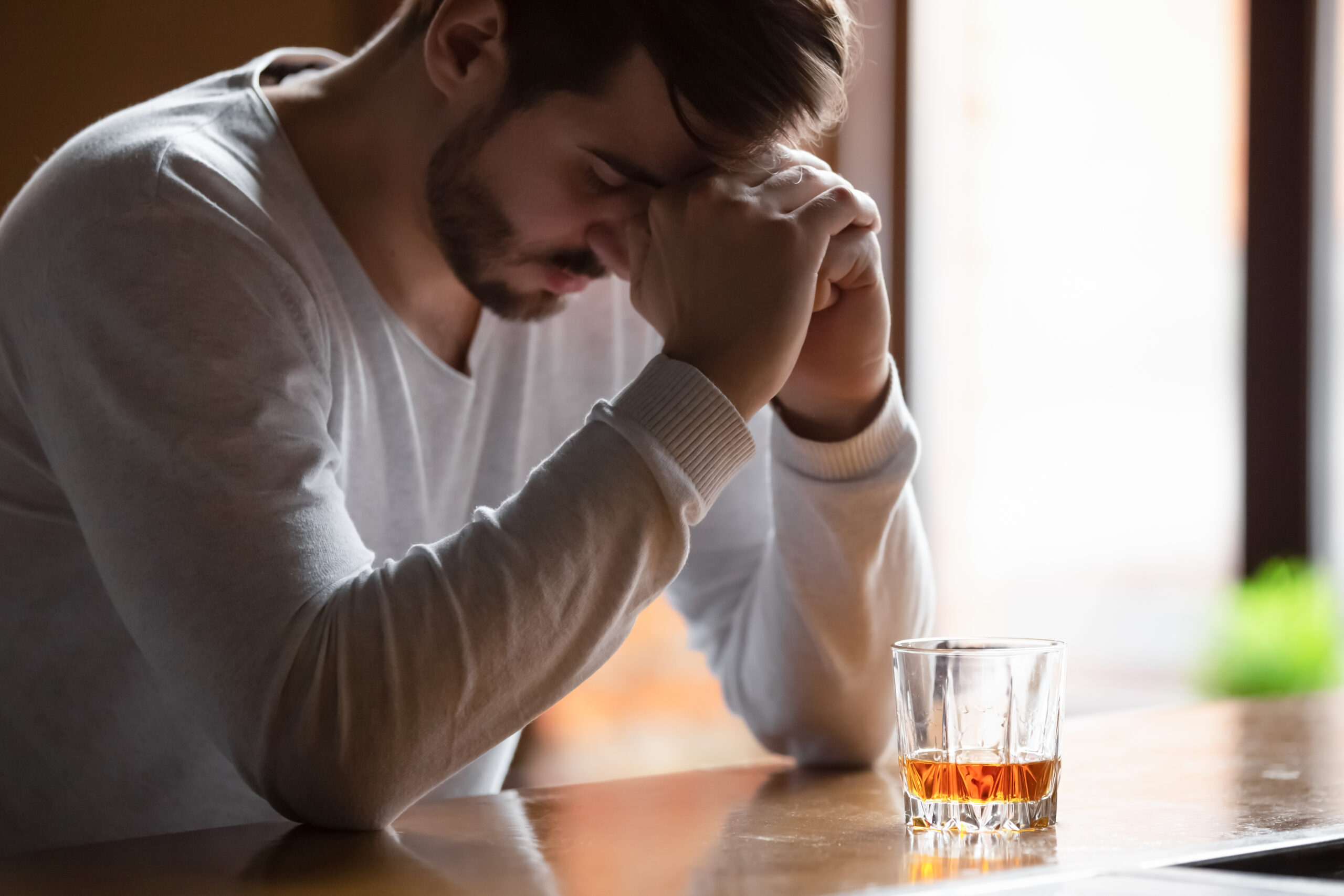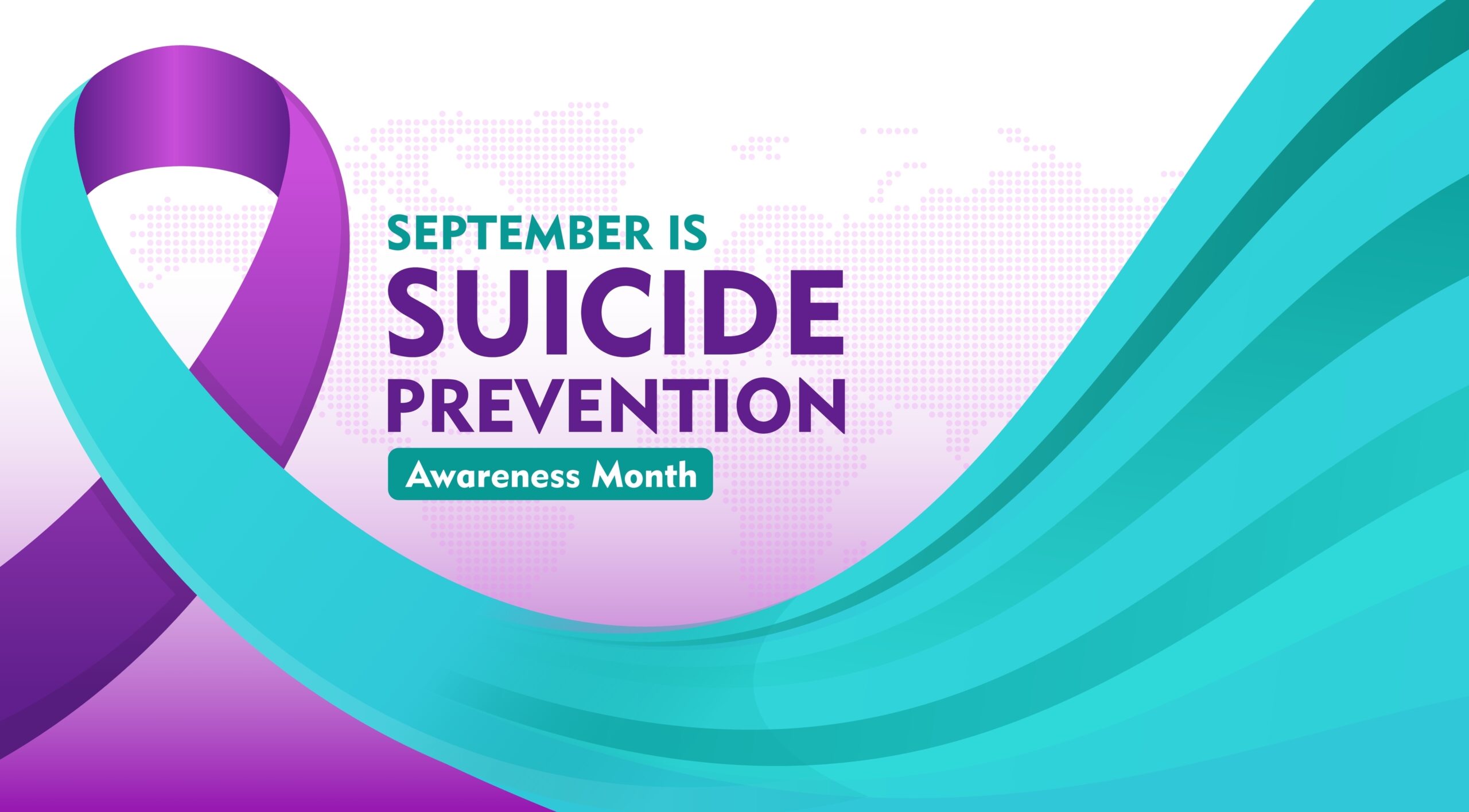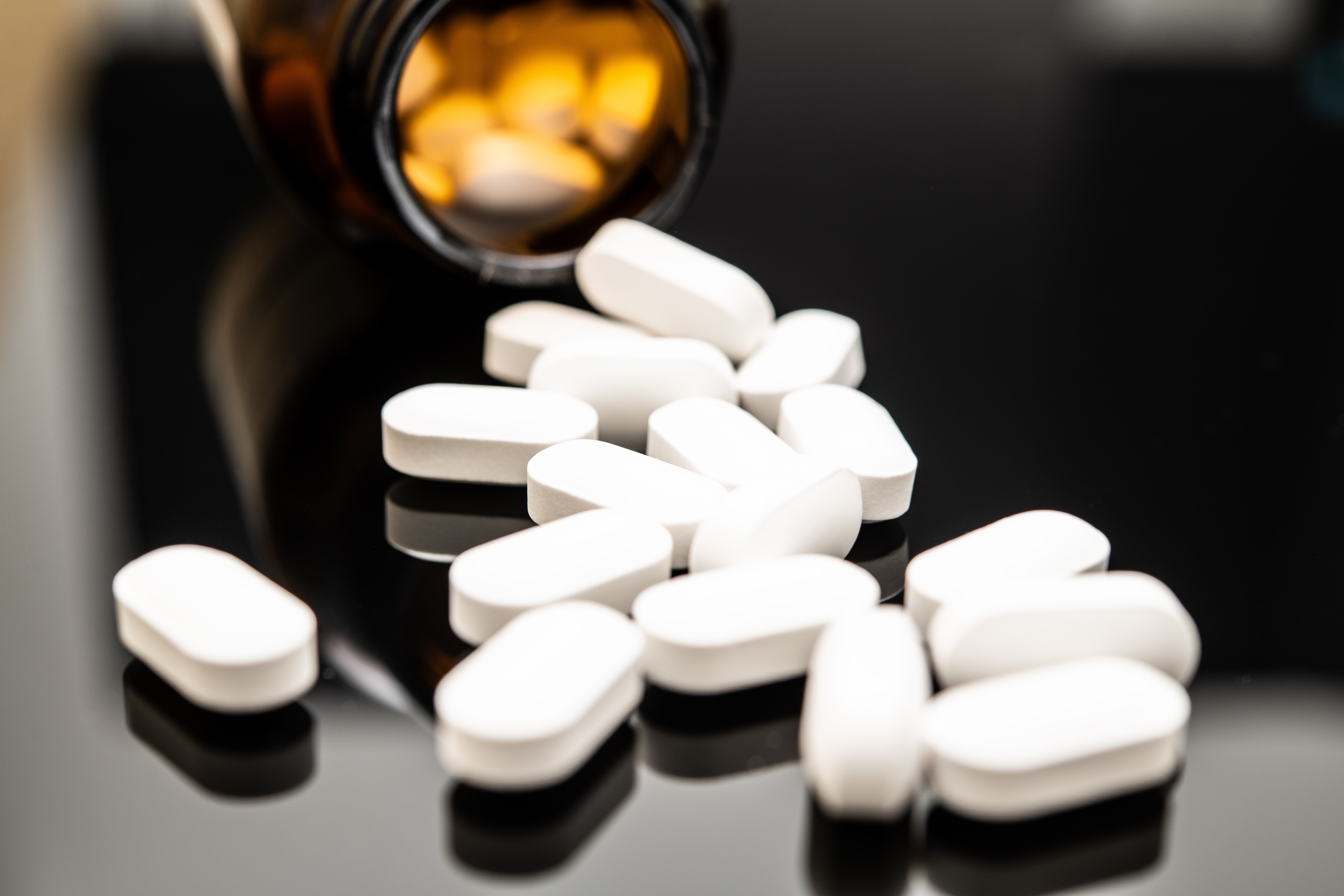The overdose crisis is one of the most pressing public health challenges of our time. It is a quiet epidemic that unfolds not in distant headlines, but within our own communities, our neighborhoods, and, for too many, our families. Here in Frisco, Texas, and across the nation, the ripple effects of this crisis are felt every day. Behind every statistic is a human story—a life lost too soon, a family left grappling with grief, and a community mourning a preventable tragedy. It is a crisis fueled by complex factors, but it is often shrouded in a stigma that prevents open conversation and life-saving action.
This is why we must talk about it. This is why we must act.
At Aspire Recovery Center of Frisco, we are committed to fostering healing and hope. We believe that understanding is the first step toward compassion, and compassion is the catalyst for change. As we approach a day of global remembrance, it is more important than ever to shine a light on this issue, honor the lives we’ve lost, and illuminate the path forward for those still struggling.
This post serves as a comprehensive guide to International Overdose Awareness Day. We will explore its purpose, confront the staggering statistics, understand the common causes of overdose, learn to recognize the signs of substance use, and chart a clear course toward substance use recovery. This is more than an article; it’s a call to awareness, a resource for families, and a message of hope that recovery is possible.
What Is Overdose Awareness Day and When Is It Observed?
So, what is overdose awareness day? It is a global campaign dedicated to ending overdose, honoring those who have died without stigma, and acknowledging the profound grief of the family and friends left behind. It’s a day to remember, but also a day to act. The campaign aims to raise awareness about overdose prevention and challenge the policies and social stigmas that contribute to this crisis. Imagine communities across the world, from small towns to major cities, coming together to light candles, hold memorials, and share stories—not just in sorrow, but as beacons of hope and solidarity.
The next critical question is, when is International Overdose Awareness Day? This solemn observance is held every year on August 31st. Since its inception in Melbourne, Australia, in 2001, it has grown into a worldwide movement. On this day, individuals and organizations host events to educate the public about the risks of overdose, distribute life-saving resources like Naloxone, and advocate for better access to substance use treatment.
The core mission of International Overdose Awareness Day is to create a better understanding of overdose as a public health issue and to stimulate discussion and action. It is a powerful reminder that these deaths are preventable. It sends a strong message to people who have been affected by overdose that they are not alone. By coming together on August 31st, we can help dismantle the shame and isolation that so often accompany substance use disorders, paving the way for more people to seek and receive the help they need and deserve.
The Unseen Epidemic | Confronting Overdose Statistics
To fully grasp the importance of International Overdose Awareness Day, we must look at the data. The numbers are staggering and paint a grim picture of a crisis that has accelerated in recent years. According to the Centers for Disease Control and Prevention (CDC), more than 107,000 people died from a drug overdose in the United States in the most recent 12-month period for which data is available. That’s one life lost every five minutes.
This is not just a national issue; it is a global one. The World Health Organization (WHO) reports that hundreds of thousands of people die from drug overdoses worldwide each year. The vast majority of these deaths are linked to opioids. Here in Texas, the numbers reflect the national trend, with thousands of our fellow citizens losing their lives annually. This crisis touches every community, including our own here in Frisco.
Understanding the Common Causes of Overdose
An overdose occurs when a person consumes more of a substance, or a combination of substances, than the body can process. While it can happen with many drugs, the current crisis is largely driven by opioids. Understanding the primary causes is essential for prevention.
Illicitly Manufactured Fentanyl
The single biggest driver of the overdose crisis is the proliferation of illicitly manufactured fentanyl. This synthetic opioid is 50 to 100 times more potent than morphine. It is often mixed into other drugs like heroin, cocaine, and counterfeit prescription pills, meaning many people consume it without even knowing it. This deception makes any illicit drug use incredibly dangerous.
Polysubstance Use
Many overdoses involve the use of more than one substance. A particularly lethal combination is mixing opioids with other central nervous system depressants, such as alcohol or benzodiazepines (like Xanax or Valium). These substances all slow breathing, and when combined, their effects are magnified, which can lead to respiratory failure and death.
Decreased Tolerance
Individuals are at an extremely high risk of overdose if they resume substance use after a period of abstinence, such as after leaving a treatment facility or being incarcerated. During abstinence, their body’s tolerance to the drug decreases significantly. If they return to using the same dose they used before, their body can no longer handle it, leading to a fatal overdose. This highlights the critical need for robust aftercare and ongoing support in substance use recovery.
Stigma and Lack of Access to Treatment
The stigma surrounding addiction prevents many people from seeking help. Fear of judgment from family, employers, or even healthcare providers can be a powerful deterrent. Compounding this is the lack of readily available, evidence-based substance use treatment. When people can’t access the care they need, they are left to manage a chronic disease on their own, dramatically increasing their risk of a tragic outcome.
Recognizing the Signs of Substance Use
Before an individual can begin a journey toward substance use recovery, someone—often a friend, family member, or professional—must first recognize that there is a problem. Identifying the signs of substance use is a crucial first step toward intervention and help. It’s important to approach this with compassion and concern, not accusation. The goal is to open a door for conversation.
The signs can be broken down into three categories:
- Physical Signs: These are often the most noticeable changes. Look for sudden weight loss or gain, a decline in personal hygiene or appearance, frequent illness, constricted or dilated pupils, slurred speech, or impaired coordination. For certain substances, you might notice track marks on the arms or legs, frequent nosebleeds, or burns on the fingers or lips.
- Behavioral Signs: A person’s behavior often changes dramatically when they are struggling with substance use. You may see a sudden drop in attendance or performance at work or school, a loss of interest in hobbies and activities they once enjoyed, or a complete change in their circle of friends. Other signs include secretive or suspicious behavior, unexplained financial problems or frequent requests for money, and engaging in risky activities.
- Psychological Signs: Substance use has a profound impact on mental and emotional well-being. Look for unexplained changes in personality or attitude, sudden and severe mood swings, irritability, or angry outbursts. You might also notice periods of unusual hyperactivity or agitation, followed by lethargy. Signs of anxiety, paranoia, or a general lack of motivation are also common red flags.
If you recognize these signs in someone you care about, it’s time to speak up. It can be a difficult conversation, but it could be the one that saves their life and sets them on the path to finding one of the many supportive substance use treatment centers.
A Pathway to Hope | Supporting Substance Use Recovery
The journey of substance use recovery is a testament to the strength of the human spirit. It is challenging, it is ongoing, but it is absolutely possible. Recovery is not just about stopping the use of a substance; it’s about building a new, meaningful life. On International Overdose Awareness Day, we not only grieve those we’ve lost but also celebrate and support those who are fighting for their recovery every single day. Here are the fundamental steps on that pathway to hope.
- Acknowledgement and Asking for Help: The courageous first step is admitting that there is a problem and that help is needed. This moment of vulnerability is incredibly powerful. It breaks the cycle of denial and opens the door to change. Reaching out to a trusted friend, family member, doctor, or a professional helpline is a monumental act of strength.
- Professional Assessment: Once help has been sought, the next step is a comprehensive assessment by a qualified professional, such as a therapist or addiction specialist. This process helps to diagnose the severity of the substance use disorder and identify any co-occurring mental health conditions, like depression or anxiety, that need to be addressed simultaneously. This assessment is vital for creating a personalized and effective treatment plan.
- Choosing the Right Treatment: There is no one-size-fits-all solution for addiction. The best substance use treatment programs are tailored to the individual’s unique needs. Different levels of care include:
- Medical Detox: A supervised process to safely manage withdrawal symptoms.
- Inpatient/Residential Treatment: The patient lives at the facility for 24/7 care and support.
- Outpatient Treatment: The patient lives at home but attends treatment sessions at a facility multiple times per week. This model, which we specialize in at Aspire Recovery, allows individuals to maintain work, school, or family commitments while receiving intensive care.
- The Treatment Process: Effective substance use treatment uses evidence-based therapies to address the root causes of addiction. This often includes individual therapy (like Cognitive Behavioral Therapy), group therapy to build community and share experiences, and family therapy to heal relationships. The goal is to equip the individual with healthy coping skills, relapse prevention strategies, and a deeper understanding of their own triggers and behaviors.
- Long-Term Recovery and Aftercare: Recovery is a lifelong journey. Graduating from a treatment program is a major milestone, but the work continues. Long-term success is greatly enhanced by a strong aftercare plan, which may include ongoing therapy, participation in support groups like Alcoholics Anonymous (AA) or Narcotics Anonymous (NA), and building a strong, sober support network.
On August 31st, we will join the world in observing International Overdose Awareness Day. It is a day of profound sadness but also one of immense hope. It is a day to remember the beautiful lives behind the statistics and to stand in solidarity with the families who carry their memory. But remembrance is not enough. Awareness must translate into action. We must all work to dismantle the stigma surrounding addiction, advocate for better access to care, and support those on the difficult but rewarding path of substance use recovery.
Every life has value, and every overdose death is a preventable tragedy. By educating ourselves, showing compassion, and supporting evidence-based substance use treatment, we can turn the tide of this crisis. We can build a community here in Frisco and beyond where people feel safe to ask for help and where hope for a new beginning is always within reach.
If you or someone you love is struggling with substance use, please know that you are not alone and that a fulfilling life in recovery is possible. At Aspire Recovery Center of Frisco, we provide compassionate, nationally accredited outpatient substance use treatment programs designed to promote healing and long-term growth. We are one of the leading substance use treatment centers in the region, and our dedicated team is here to support you on your journey.
Contact our outpatient treatment center today to learn how we can help. Your path to recovery starts here.
Frequently Asked Questions
Q. What is Overdose Awareness Day and why is it important?
International Overdose Awareness Day, held annually on August 31st, is a global event to remember the lives lost to overdose, acknowledge the grief of families, and raise awareness about overdose prevention. It is important because it works to end the stigma surrounding addiction, encouraging open conversation and promoting action to prevent future tragedies.
Q. What are the first steps in seeking substance use treatment?
The first and most courageous step in seeking substance use treatment is acknowledging that a problem exists and asking for help. This is typically followed by contacting a professional treatment center or therapist for a confidential assessment. This evaluation will help determine the appropriate level of care and create a personalized treatment plan for the individual’s unique needs.
Q. What is the difference between inpatient and outpatient substance use treatment programs?
Inpatient substance use treatment programs require the individual to live at a residential facility, providing 24/7 medical and therapeutic support. Outpatient programs, like those at Aspire Recovery, allow the individual to live at home while attending scheduled therapy sessions at the treatment center. Outpatient care is ideal for those who have a stable home environment and need to maintain work, school, or family responsibilities during their recovery.
Q. When is International Overdose Awareness Day?
International Overdose Awareness Day is recognized globally every year on August 31st.

